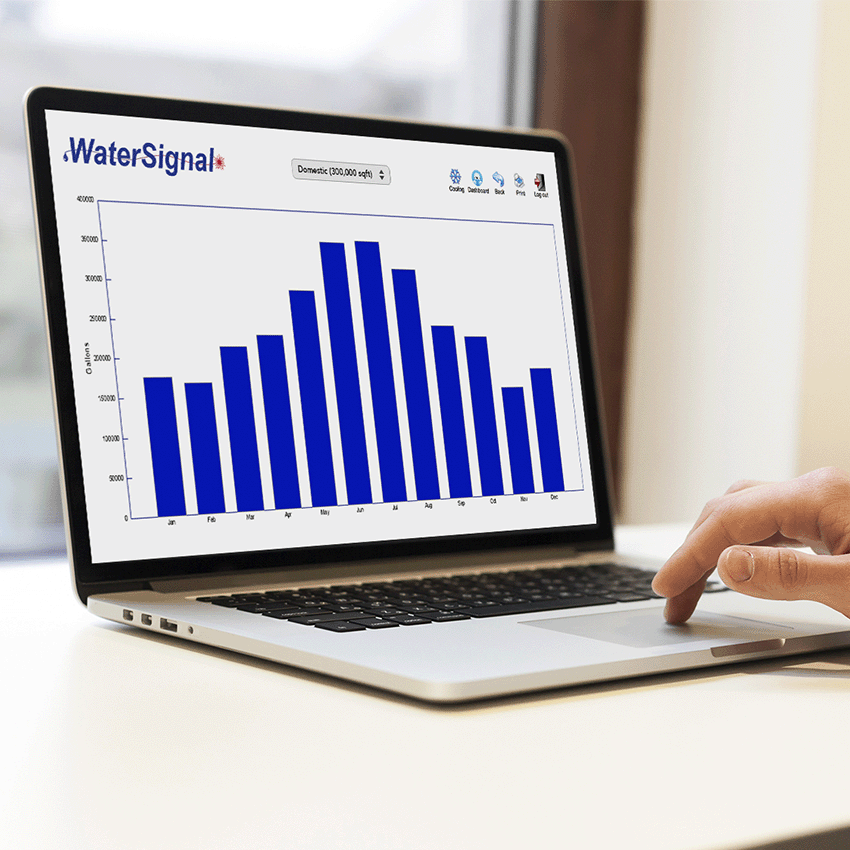As a facility manager, you’re tasked with making sure that your building is running smoothly and efficiently. However, this can be difficult to do without the right information. That’s where water monitoring data comes in.
By using water monitoring data, facility managers can gain a better understanding of how water is being used in their buildings and identify areas where water usage can be reduced. This can help save both water and money, as reducing water consumption can lead to lower water bills.
One of the key benefits of water monitoring data is that it provides detailed information about water usage. This can help facility managers identify specific areas where water is being wasted, such as leaks or inefficient fixtures and practices. By identifying and fixing these issues, facility managers can significantly reduce water consumption, leading to lower water bills.
Another benefit of water monitoring data is that it can help facility managers track their progress in reducing water consumption. By regularly reviewing the data, managers can see how their efforts to conserve water are paying off, and make any necessary adjustments to their conservation strategies.
In addition to helping facility managers save water and money, water monitoring data can also help facilities comply with local water conservation regulations and in some cases, collect a rebate through evaporation credits. By having detailed data on water usage, facility managers can easily demonstrate that they are meeting the requirements of these regulations, which can help avoid fines and other penalties.
Overall, water monitoring data is a powerful tool for facility managers. It provides the information they need to make informed decisions about water usage and helps them save both water and money. By relying on data, rather than guesswork, facility managers can ensure that they are using water efficiently and effectively in their buildings.




